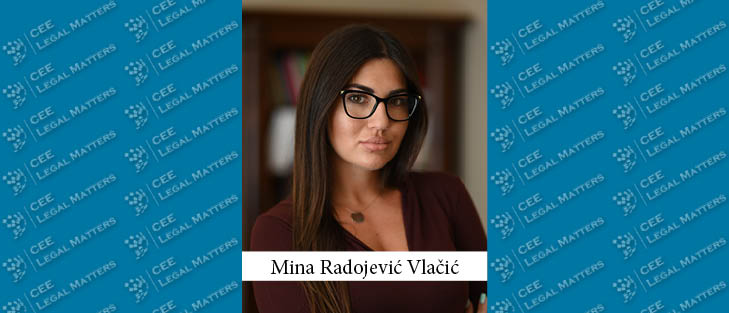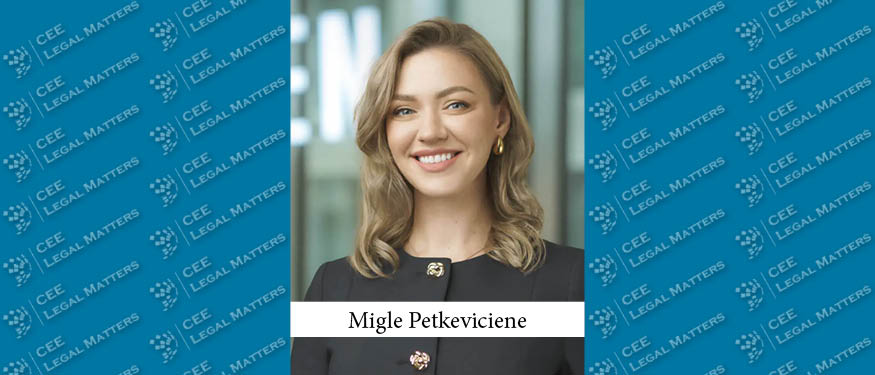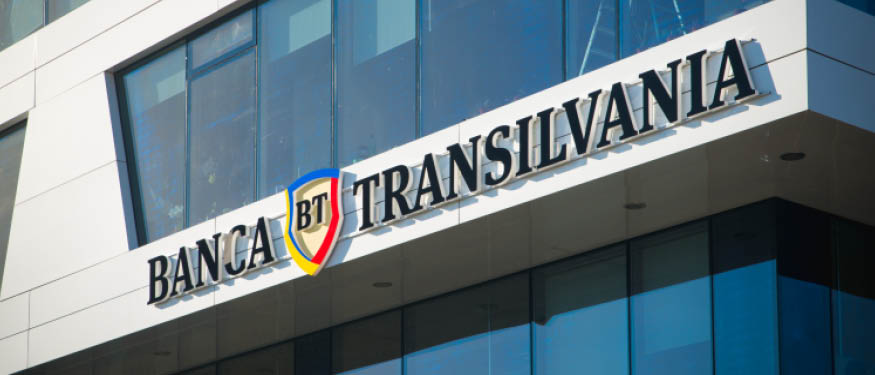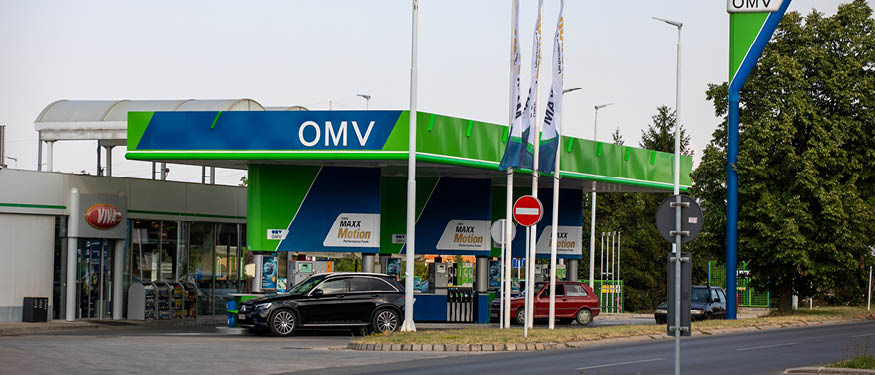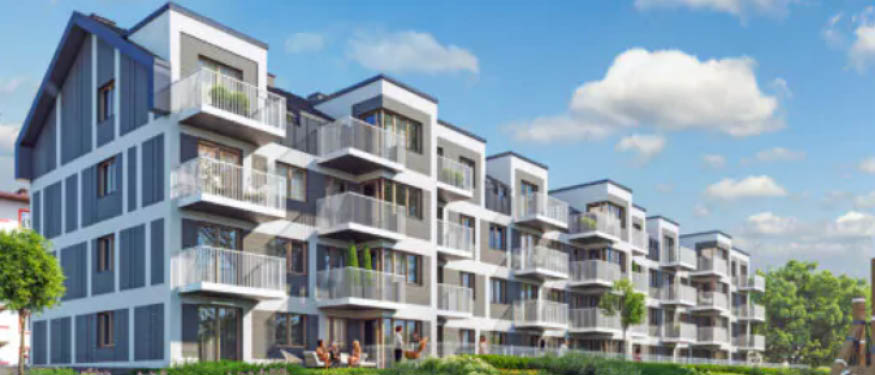Serbia is quickly becoming a favored destination for foreign couples seeking marriage and new opportunities according to Stojkovic Attorneys Head of Labor and Immigration Mina Radojevic Vlacic.
Radojevic Vlacic begins by highlighting that there is a skyrocketing demand for marriage and immigration services in Serbia. "The surge is primarily driven by the current global immigration landscape," she says. "Serbia has become a convenient destination because citizens of several countries. Notably Russians can enter Serbia visa-free for up to 30 days and Ukrainians can enter Serbia visa-free for up to 90 days. Many couples, especially those with one Serbian partner, find it advantageous to get married here," she explains. "Once married, they can use their properly legalized Serbian marriage certificate in their home country."
Radojevic Vlacic goes on to say that the process for these couples, while fairly straightforward, can still vary slightly depending on the couple's circumstances. "Foreign couples need to verify their visa requirements first, which involves either entering Serbia on a tourist visa or in a visa-free regime. Once here, they need to register their stay with the competent police station and obtain a 'white card,' regardless if they're staying in a hotel or in another accommodation (with a friend, AirBnB, etc.)," she shares. "Additionally, they need to provide legalized birth certificates and proof that they are not currently married. The specifics can vary based on their country of origin, but overall, the process is accessible."
Specifically, according to Radojevic Vlacic, "marriage to a Serbian citizen can significantly streamline the immigration process. Foreign spouses are eligible for permanent residency and, eventually, citizenship. Moreover, they can work in Serbia without needing a separate work permit." According to her, "it’s an appealing route for many as it eases the path to settling down and starting a life here." However, there are also challenges, primarily involving "navigating visa requirements, especially if the initial entry was on a tourist visa. After that, they need to secure a Visa D before obtaining their temporary residence permit. The process involves physical presence in Serbia, as the individual must be present to provide fingerprints and pick up their ID card," Radojevic Vlacic explains. "Depending on their country of origin and other factors, securing this permit can take anywhere from one to three years. However, once acquired, it opens many doors to living and working in Serbia."
These changes to the overall immigration framework of Serbia have left a mark on lawyers' practices as well, Radojevic Vlacic reports. "The recent changes have had a significant impact. Earlier this year, Serbia introduced a unified permit that combines work and residence permits into one, simplifying the entire process. Before this, obtaining separate permits was a lengthy and complicated procedure," she explains. Now, foreign nationals can acquire a single permit that acts like a personal ID card, allowing them to live and work in Serbia. "This change has made Serbia much more attractive, especially for entrepreneurs and businesspeople seeking to relocate. The country offers lower taxes compared to the EU, and Belgrade, in particular, is becoming a sought-after hub for real estate, tech, and various service-oriented businesses."
As for the businesses being established, Radojevic Vlacic says that their office has seen quite a diverse range. "A significant portion of new businesses are in the tech sector, with many foreign nationals setting up as entrepreneurs or freelancers, particularly in programming and IT. Some are employed directly by Serbian companies, while others work remotely for clients abroad. Additionally, we’ve seen interest in hospitality, like coffee shops and restaurants, and more substantial investments in tourism and real estate, including large complexes in Serbia’s mountainous regions," she says in conclusion.

